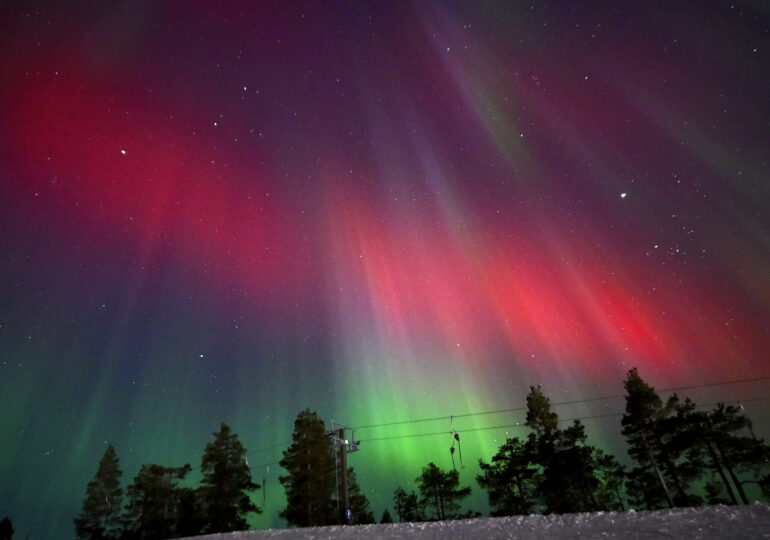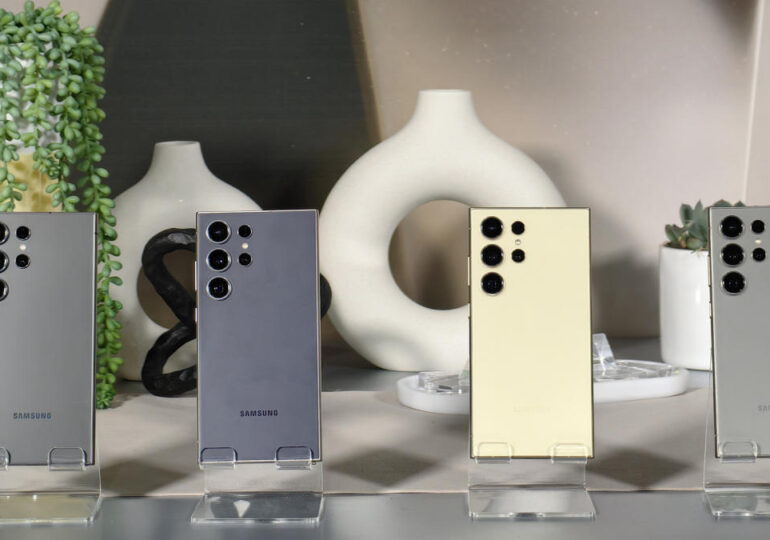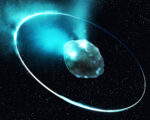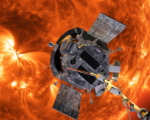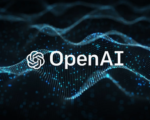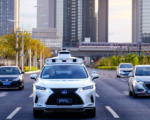Why Are We Seeing the Northern Lights So Often Lately?
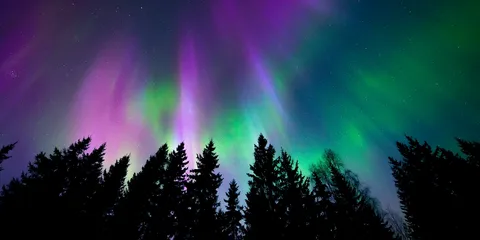
Once considered a rare spectacle seen only near the Arctic Circle, the Northern Lights, or Aurora Borealis, have become increasingly visible across various parts of the world, including much of the US. On Thursday night, these vivid colors were once again on display. Experts point to heightened solar activity as the main reason for the frequency of these sightings.
The Northern Lights are tied to the sun’s 11-year solar cycle, which governs solar activity. Currently, the sun is nearing the “solar maximum,” a phase of the cycle characterized by increased solar flares and eruptions. During this period, the sun’s magnetic poles flip, causing significant solar storms that affect Earth.
NASA explains that at the solar minimum, the sun is relatively calm, but at its maximum, bright solar flares and Coronal Mass Ejections (CMEs) occur, sending streams of charged particles, known as solar wind, hurtling toward Earth. When these particles interact with gases in Earth’s atmosphere, especially near the magnetic poles, they create the brilliant light displays we recognize as auroras.
The current solar cycle, the 25th since records began in 1755, started in 2019 and is expected to reach its peak in 2025. As the sun continues its active phase, the chances of witnessing these displays will remain high over the next several months.
The recent surge in auroral activity stems from an eruption on October 8, when a large sunspot sent charged particles towards Earth. As these particles collide with gases like oxygen and nitrogen in the atmosphere, light is emitted in various colors, forming the shimmering displays of green, pink, purple, and red.
While the Northern Lights are typically most visible near the Arctic Circle, increased solar activity can push the auroral zone farther south, allowing more people to witness the phenomenon. With a high number of sunspots and ongoing solar eruptions, scientists predict that more auroras are likely in the near future.
To catch a glimpse of the Northern Lights, it’s best to find a dark location, away from artificial light, and ensure the skies are clear of clouds. As solar activity remains strong, the beauty of the Northern Lights may continue to be more accessible to people across the globe in the coming months.




